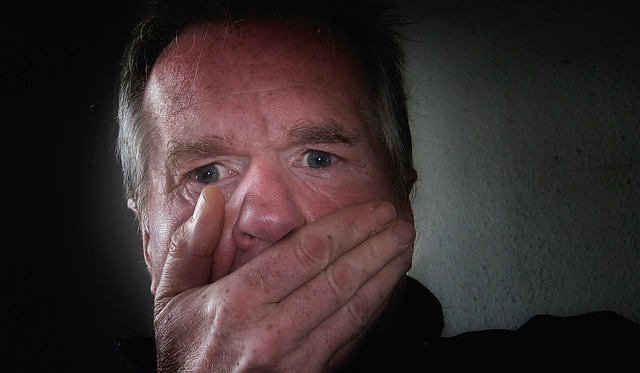Whenever we come across a fearful and stressful incident, we panic. This is an immediate reflex action of our body against the incident. Eventually, the fear subsides after the situation becomes normal. However, if the panic attacks occur constantly and unexpectedly for a longer time period, without any reasonable cause or situation, it can be termed as Panic Disorder.
The person having panic disorder suffers from sudden and unwarned occurrences of terror, fear and anxiety, without any specific reason, at any normal life situation. The person also develops intense worry of having panic attacks, and might be detached from everyday tasks. During the moment of panic attack, the person might feel like he/she might die or get a heart attack. Most of the times, the fear is unreasonable, and is not life-threatening but still, the regular panic attacks can leave a person severely distressed.

How common is panic disorder?
Studies show that 1.7% of American adults and 2.6% of Australian adults suffer from panic disorder yearly. Women are more likely to have panic disorder than men. Also, people who have someone in their family with history of panic disorder are prone to this type of anxiety disorder. Usually, people develop this disorder during their mid-twenties or mid-life. Though, the disorder is not restricted to any age or sex, there have been rare cases of panic disorder in children and elderly people.
Panic Disorder Causes
A chain of biological and environmental factors are responsible for causing Panic Disorder. Any certain frightening event can cause onset of panic attacks in a person. If by any means, the panic attacks continue, it can result in development of panic disorder. Most of the times, panic attacks may not come with a specific reason. Biological factors including genetic factors and change in brain chemicals such as Serotonin might also contribute in development of Panic Disorder.
Certain medical conditions such as hyperactive thyroid gland, heart disease and low blood sugar can also cause panic attacks, but necessarily doesn’t develop panic disorder.
Symptoms of Panic Disorder
The following are the symptoms of panic disorder which can occur in all adults, children and teenagers:
- Occurrence of sudden terror, fear and anxiety (panic attack) without any specific reason
- Worried that he/she might get panic attack anytime
- Avoiding workplace, schools, or any other everyday tasks due to the fear to get a panic attack
During panic attack moment, which may last up to ten minutes, following physical symptoms may occur:
- Trembling and shaking
- Trouble in breathing
- Accelerated heart rate and chest pain
- Dizziness or fainting
- Sweaty and clammy hands
- Tingling and numbness in limbs
- Nausea and vomiting
- Cot and hot flushes in body
- Uneasiness in abdomen
- Hopeless feelings that he/she is going to have a heart attack or die
- Disconnected from reality
When to visit doctor?
If you had a panic attack after a reasonable situation like disaster, accident, or any other such life-threatening event, then it is completely normal. However, if you start getting panic attacks out of nowhere and without any reasonable condition, then you may have panic disorder. You need to visit a doctor if :
- You have been having regular panic attacks, extending over a time period of a month
- You’re unable to go to your workplaces/schools due to fear of getting panic attacks.
- You experience physical ordeals like sudden heart palpitations, chest pain and breathing difficulty without a known cause for temporary period of time, without any reason.
How Panic Disorder is treated?
A timely treatment of this disorder can help to stop further symptoms from occurring, and prevent other chain of anxiety disorders from happening. As the reason for the occurrence of panic attacks is usually unclear yet different from person to person, treatment varies with every case. However, general treatment method includes:
Medicines
Doctors prescribe anti-anxiety medicines mostly to relive the symptoms of sudden panic attacks. The person can also be medicated with anti-depressant drugs to have a long-term improvement in the mental condition.
There should be regular assessment of the medications by the doctor. Consult your doctor properly before taking any medications.
Cognitive Behavioral Therapy (CBT)
This therapy is an essential part of the treatment process. The therapist conducts CBT sessions where he’d be discussing with you about the patterns of panic attacks and how you’d response when you get one. The main purpose would be to dig out the root of the panic attacks, and help you deal with them. Your therapist would identify the negative thoughts circling your mind, and replace them with rational ones. CBT is focused on improving the thinking process of a person, and modifying the negative behavior to a positive side.
Support groups
You can find several support groups of people having panic disorder. You’d meet people with similar stories, and know how they have been dealing with the sudden occurrences of terror. You’d learn, interact and share. It’d develop confidence in you to open up about your problem, and motivate you to go on with the treatment process.